Managing recurrent implantation failure with Endometrial Receptivity Array
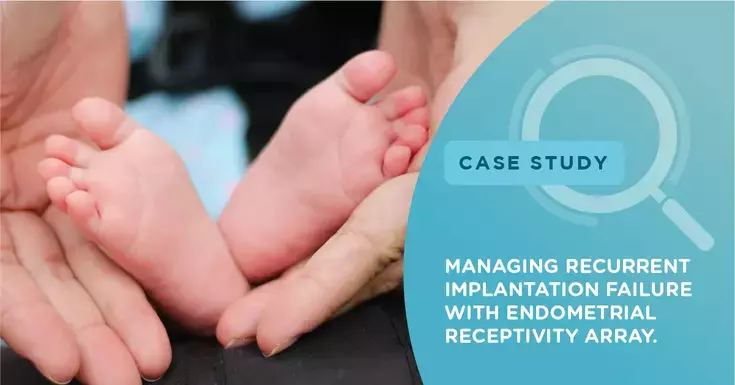
Ten years have passed since Mr. Shiva, 45, and Mrs. Saritha, 37, got married. Saritha teaches in a public high school, while Mr. Shiva is a merchant marine captain. Shiva's male infertility was due to a severe stage of spermatogenic failure, that is, non-obstructive azoospermia (NOA) caused by Y chromosomal microdeletions (YCMs, losses of small fragments of the sex chromosomes of males, i.e. Y chromosomes).
Non-obstructive azoospermia
Non-obstructive azoospermia (NOA) refers to severely impaired or non-existent sperm production within the testicle. It is less common than obstructive azoospermia and occurs in 15% to 20% of men who have no sperm.
Mrs. Saritha used donor sperm and her own eggs in 4 IVF cycles. Mrs. Saritha's embryos quality ranged from average to good. She had only ever experienced one pregnancy, which ended in full-term intrauterine foetal death.
After years of IVF cycles using her own oocytes, which yielded negative results, the couple decided to perform IVF using donor oocytes. After two such IVF cycles, she failed to conceive again.
IVF using self-oocytes
The first step is ovarian stimulation phase in which the woman is stimulated with injectable medications to develop multiple eggs. Every 3–4 days, the stimulation process is observed by the doctor.
The second step is the egg retrieval procedure (removal of eggs from the ovaries when the follicles are mature), which takes up to twenty minutes and is performed under sedation. The doctor uses an ultrasound-guided needle to aspirate each mature follicle. Sperm is added to the eggs, and the eggs are examined the next day for signs of fertilization. Embryo transfer is the last step performed to place the embryo in the uterus where its development will take place.
After trying their best, the couple accepted that they had no other options and settled into their lives.
Treatment at Nova IVF Fertility, the best fertility clinic in Palakkad
That was when they came to know about Nova IVF Fertility, Palakkad. After much deliberation, the couple visited the facility for an inquiry. Nova IVF Fertility-Palakkad, had a detailed discussion with Mrs. Saritha and Mr. Shiva on their long journey with IVF and the different treatments they had tried to have a child of their own.
Counselling and Treatment
After assessing the physical parameters of Mrs. Saritha, it was suggested that the couple undergo an IVF cycle of their own eggs and donor sperm. However, the couple were not inclined for a fifth IVF stimulation, not just because of the physical discomfort but also because they did not want to raise false hopes. They were convinced that there would be no positive result.
After repeated counselling advocating the self-egg technique went in vain, the couple’s request for a donated oocyte IVF cycle was accepted.
Due to Mrs. Saritha's history of six unsuccessful embryo transfers, Nova IVF Fertility wanted to check her uterine receptivity for embryos using the Endometrial Receptivity Array (ERA), an advanced test for the identification of changes in endometrial receptivity.
Endometrial Receptivity Array
The ERA test determines the optimal time to transfer an embryo into a woman's uterus for the embryo to implant, also known as the window of implantation (WOI). ERA entails taking a biopsy of the uterine endometrium and analyzing the tissue to determine which genes are expressed. When combined with a computational predictor, these findings indicate when the endometrium is most receptive to embryo implantation.
Previously, she had undergone two ERA cycles at a different facility where the first ERA sample was reportedly misplaced, and thus, they never got a result. The second ERA report showed a very marked deviation in endometrial receptivity (P+8), which meant that her uterus was receptive to an embryo only after eight days of progesterone. This was a major deviation compared to the normal P+5 for a blastocyst embryo. Upon probing further into her medical history, Nova IVF Fertility understood that the first time Mrs. Saritha had conceived, which resulted in a term-intrauterine death and the embryo transfer was done after 5 days of progesterone. So, Nova IVF Fertiity Consultant went by her clinical judgement, ignored the P+8 report and performed ERA on P+5 (the normal 5 days of progesterone for a day 5 embryo).
To NIF Consultant’s joy and relief, the ERA report showed “receptive,” meaning that the protocol used for endometrial preparation had made Mrs. Saritha’s uterus in a receptive state to accept an euploid (genetically normal) embryo.
If the ERA report showed non-receptive, a second ERA test is usually required to determine the WOI. However, if the ERA report is receptive, the embryo transfer may be performed on the same day for maximum success.
The couple was also overjoyed with the ERA report, as they felt it as a ray of light at the end of the tunnel. It was the first time in a long time that something went right on their long journey to parenthood.
After getting the green signal from the uterine point of view, NIF Consultant proceeded with the preparation of embryos and transferred two embryos to the womb of Mrs. Saritha on 11/11/2021.
Her beta hCG test done on 25/11/2021 showed a positive result. After one week, a transvaginal scan showed twin sacs. The babies grew well, and a strict antenatal foetal monitoring was adopted due to the earlier occurrence of intrauterine foetal death.
She delivered healthy twin boys at 37 weeks of pregnancy via elective caesarean section (means when the mother chooses to deliver her baby surgically and the procedure is scheduled in advance). The babies and their parents are doing well in their cozy world. It was long-awaited parenthood for the couple who tried everything, failed and had given up all hopes of attaining parenthood. Later, the couple dared to restart efforts to have a child. The parents said it was because of the treatment provided by Nova IVF Fertility Center that their two lovely kids had come into the world. However, NIF Consultnat at Palakkad believed that it was the perseverance of the couple that led to the birth of the two little angels.
 Infertility Counselling
Infertility Counselling Female Infertility Treatment
Female Infertility Treatment Andrology Treatment
Andrology Treatment Fertility Enhancing Surgeries - Female
Fertility Enhancing Surgeries - Female Fertility Enhancing Surgeries - Male
Fertility Enhancing Surgeries - Male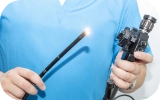 Endoscopy Treatment
Endoscopy Treatment IUI Treatment
IUI Treatment IVF Treatment
IVF Treatment ICSI Treatment
ICSI Treatment Advanced IVF Solutions
Advanced IVF Solutions Embryology
Embryology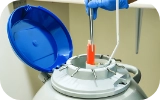 Vitrification Egg, Embryo, Sperm Freezing
Vitrification Egg, Embryo, Sperm Freezing Preimplantation Genetic Testing (PGT)
Preimplantation Genetic Testing (PGT) Donation Program Embryo / Egg / Sperm
Donation Program Embryo / Egg / Sperm




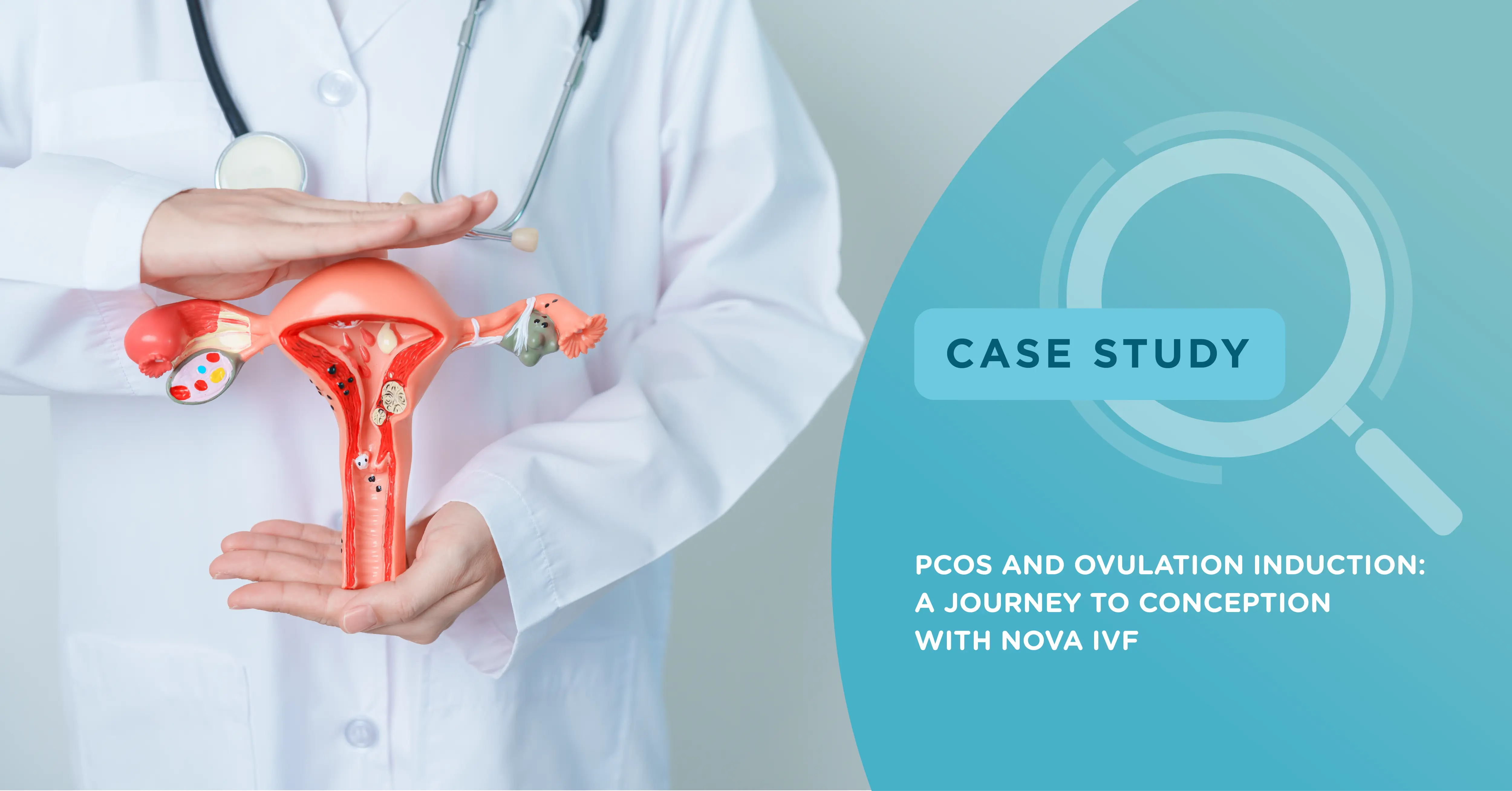

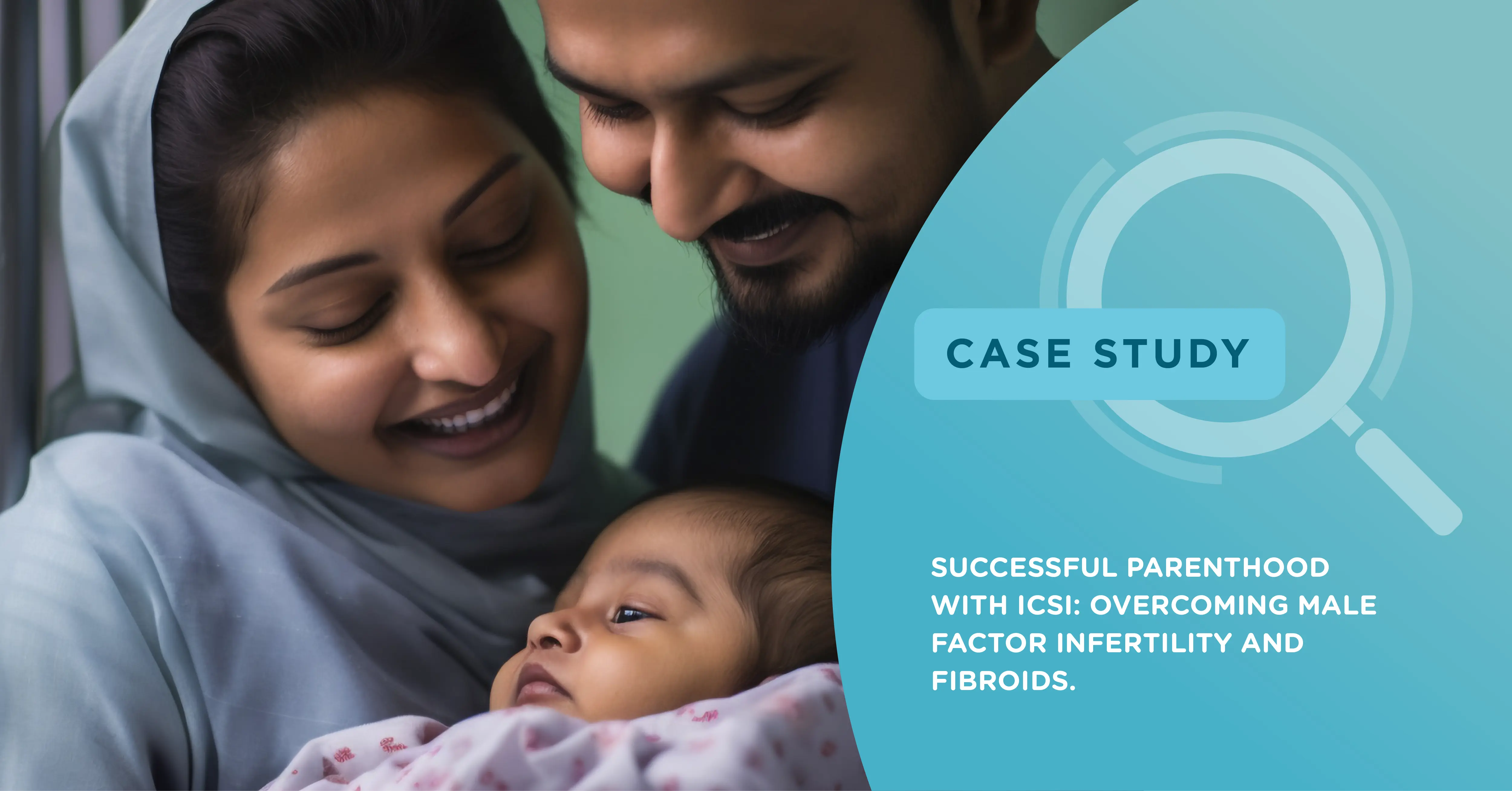
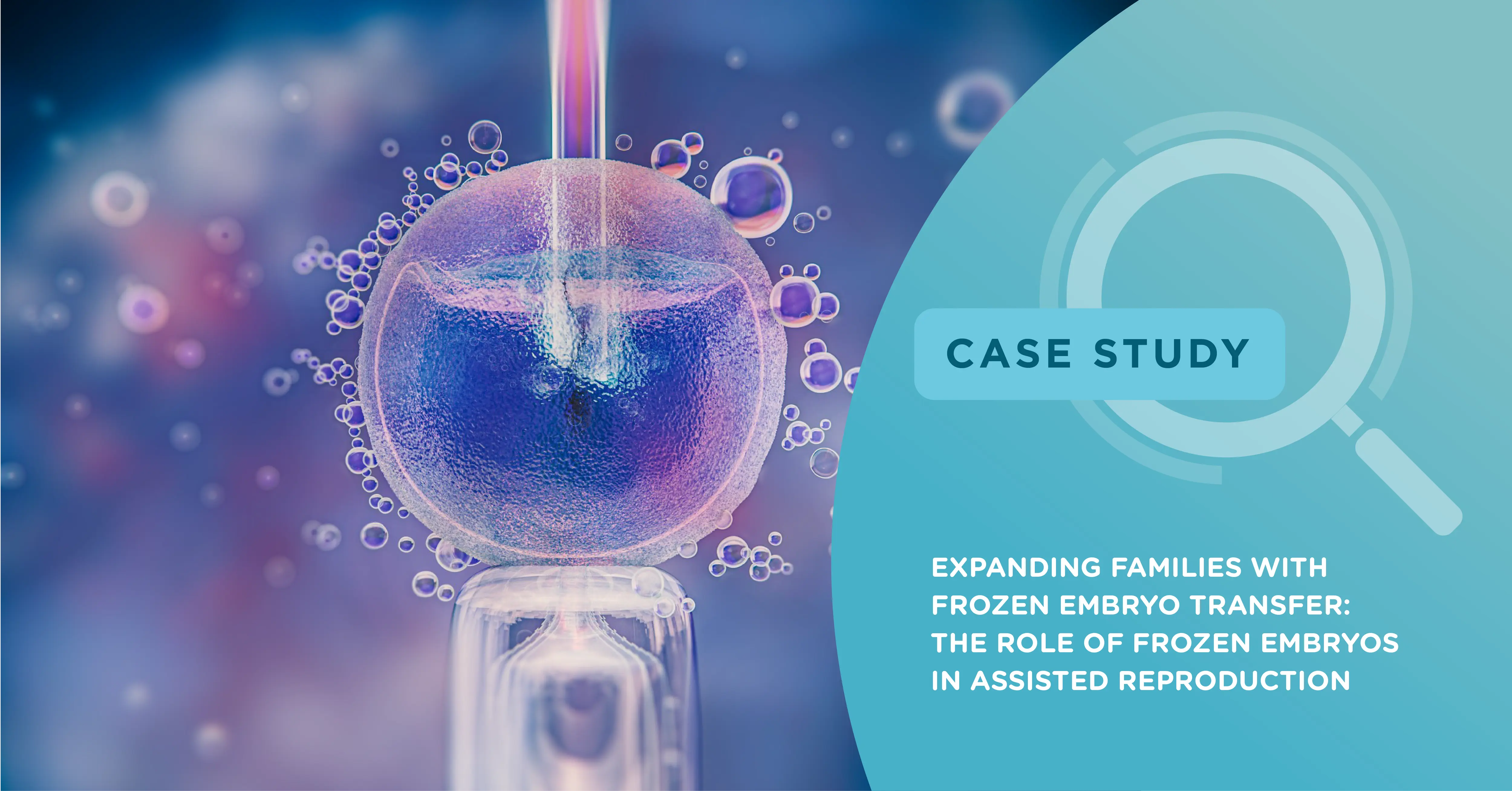

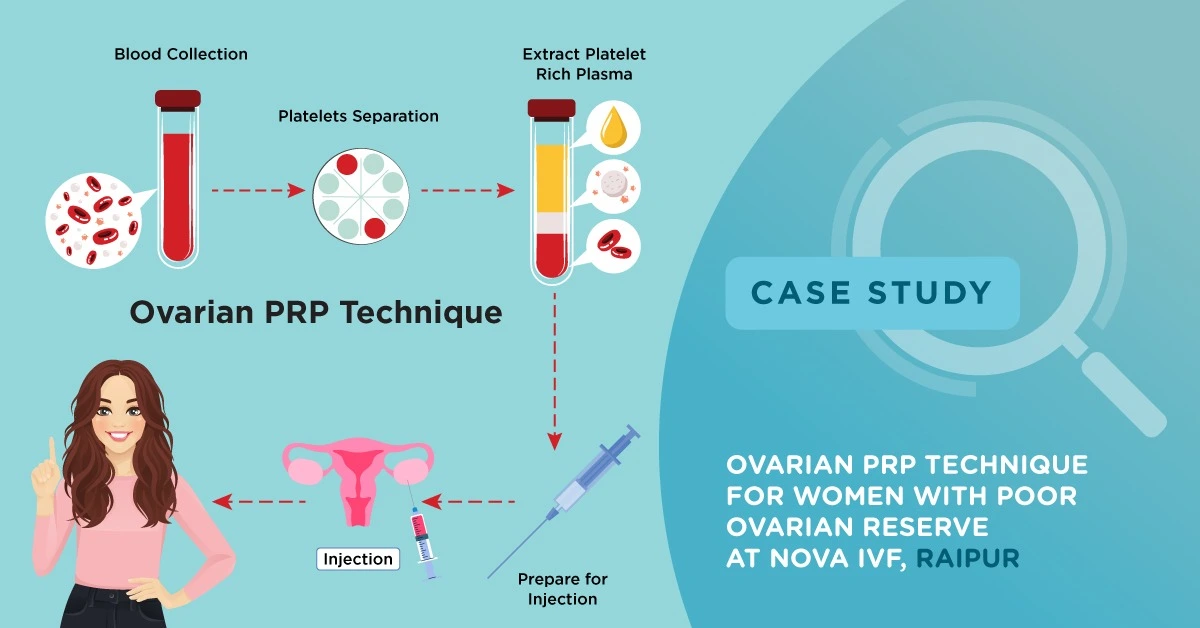
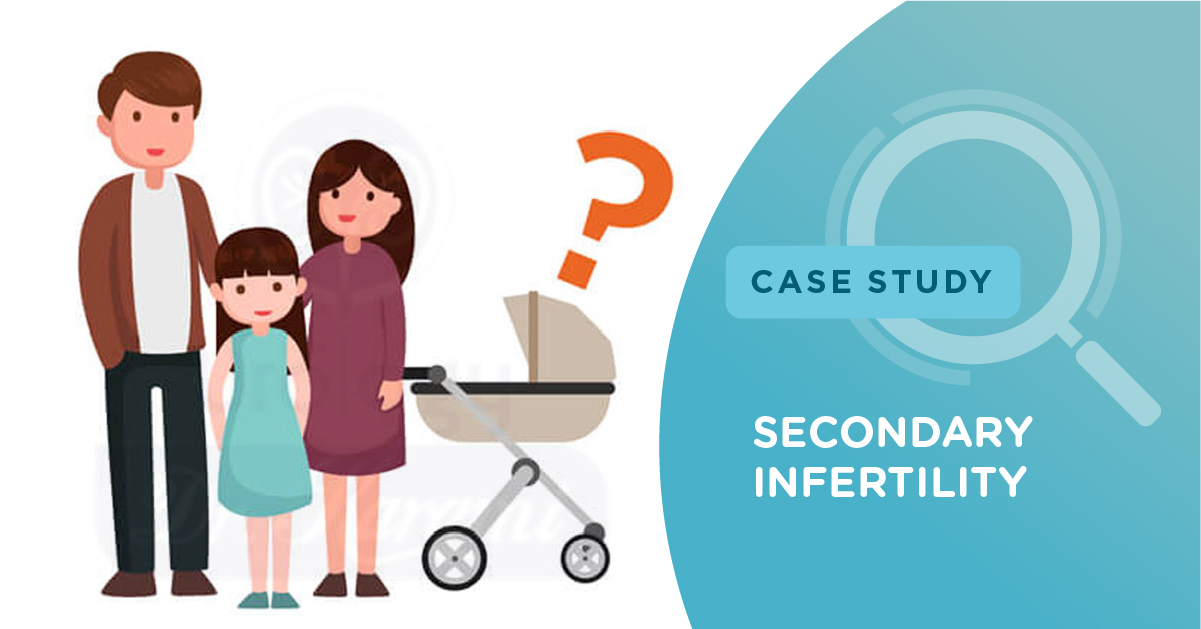
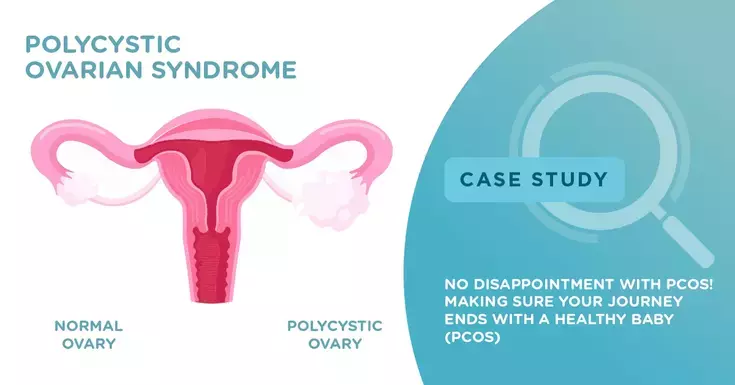






Add new comment